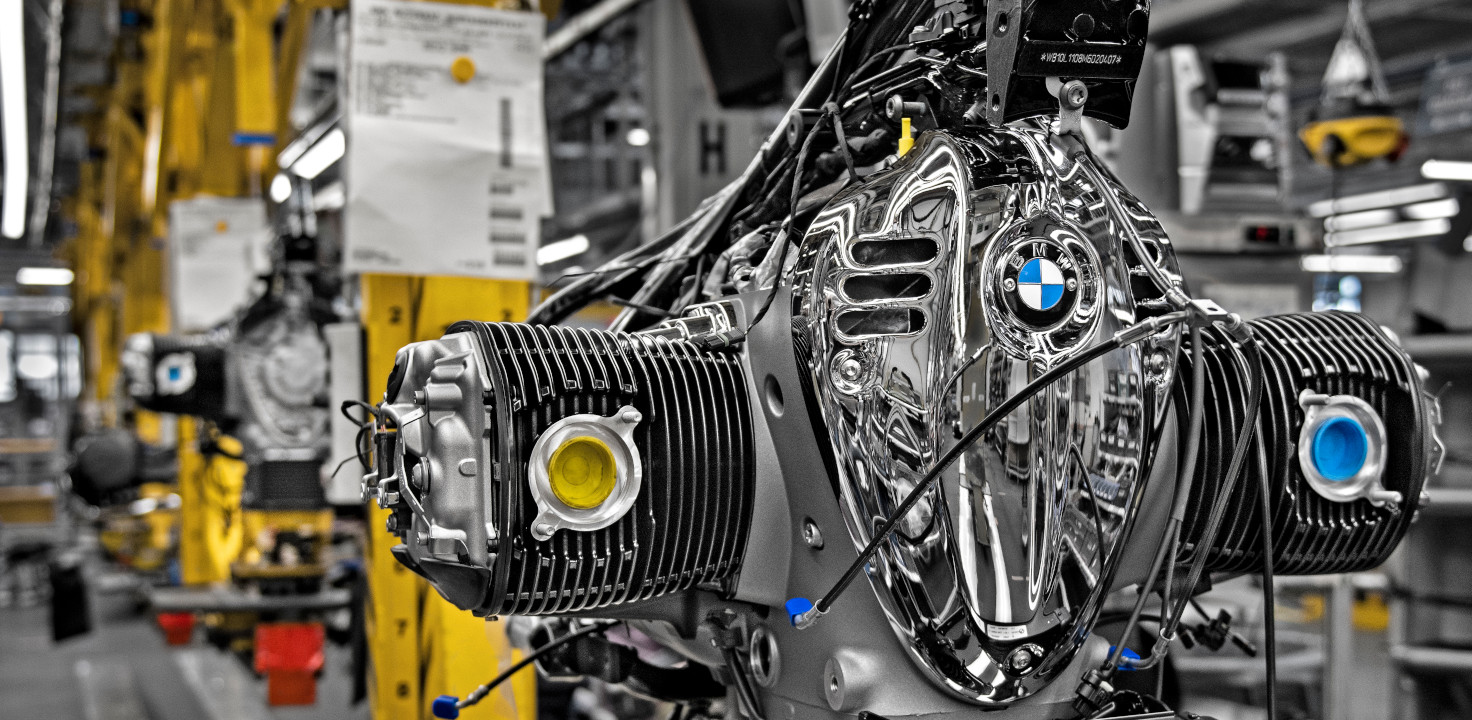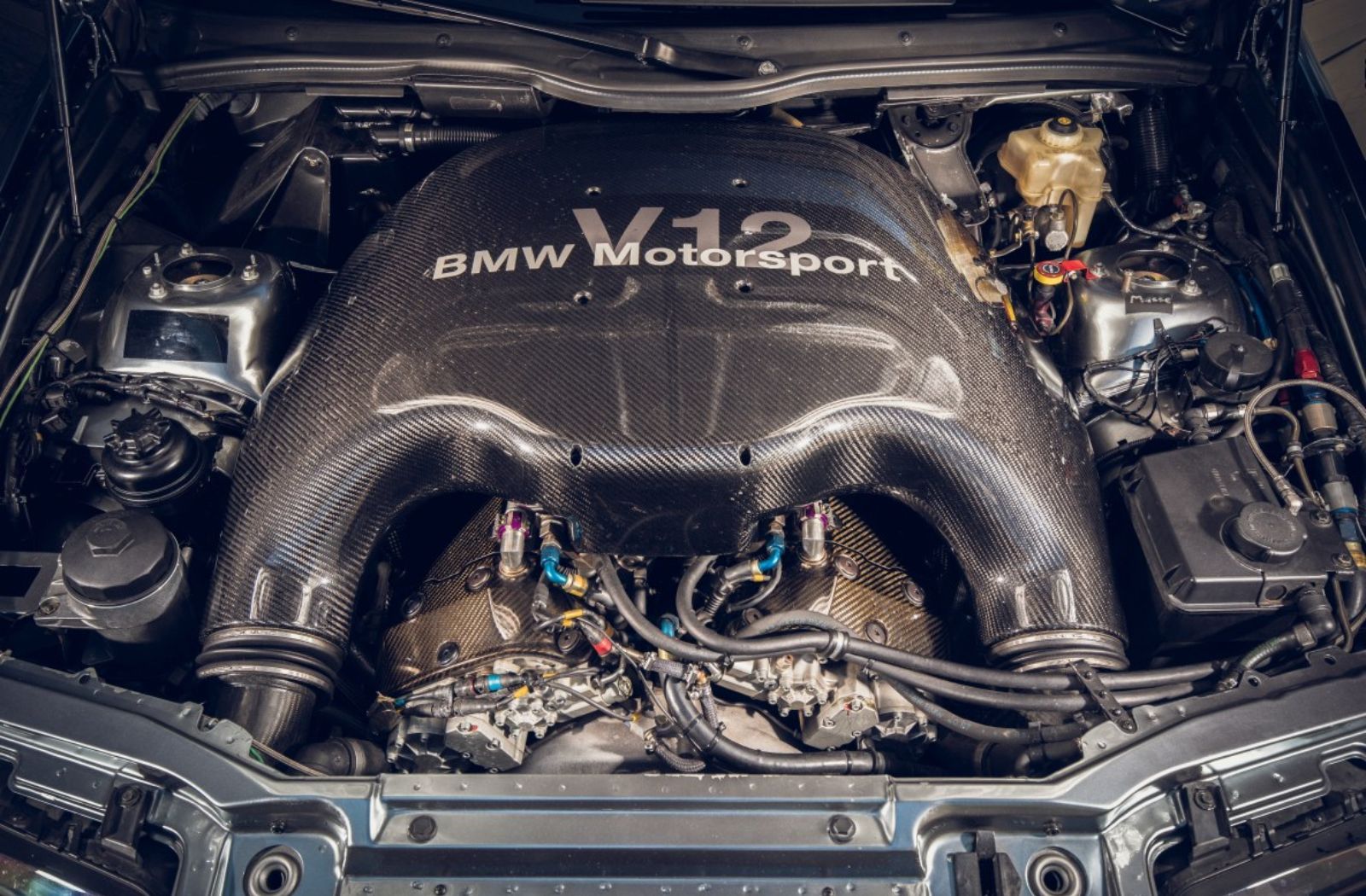Exploring the Advancement of Burning Engines in Modern Transportation Systems
As we browse the landscape of modern-day transportation, the advancement of combustion engines stands as a testament to human ingenuity and design prowess. The interaction of history, modern technology, and ecological worries in shaping the trajectory of burning engines creates a story that is both insightful and engaging.
Very Early Beginnings of Combustion Engines
Exactly how did the principle of burning engines initial arise in the early phases of transport development? The origins of combustion engines can be mapped back to the 17th century when the principles of internal combustion were very first checked out.
The innovation minute featured the innovation of the initial effective gasoline-powered engine by Karl Benz in 1885 - bmw engine. This engine led the way for the advancement of the modern auto, revolutionizing transportation systems worldwide. Succeeding innovations by Nikolaus Otto and Gottlieb Daimler further refined combustion engine modern technology, bring about the mass production of autos and the fast development of the transport sector
These very early combustion engines were characterized by their simplicity and performance, laying the structure for the complicated and powerful engines utilized in modern-day transportation systems. The development of combustion engines has actually been instrumental in forming the way we take a trip and deliver items, noting a significant turning point in the history of transport development.
Shift to Internal Combustion Technology
The shift to interior combustion modern technology marked an essential change in the development of transportation systems. This change began in the late 19th century, with creators like Nikolaus Otto and Gottlieb Daimler creating the initial effective internal combustion engines. These engines revolutionized transport by using an extra effective and effective choice to vapor engines and electric motors.
One of the vital advantages of inner burning engines was their ability to be scaled down to match lorries, resulting in the advancement of motorcycles and autos. This shift from large, fixed engines to small, mobile ones led the way for the modern transportation systems we see today.
The shift to inner combustion technology also stimulated innovations in fuel technology, leading to the development of gasoline and diesel as key fuel sources for cars. This change not only made transport more obtainable to the masses but likewise laid the structure for the oil and gas sector to become indispensable to international economies.
Impact of Combustion Engines on Transport
The fostering of combustion engines in transportation systems catalyzed a profound shift in the efficiency and rate of worldwide mobility. Burning engines changed transport by offering a functional and trusted source of power for numerous cars, including cars, ships, planes, and trucks. This innovation considerably boosted the capability for items and individuals to move over lengthy distances in much shorter time frames, causing boosted connection in between regions and countries.
In addition, the prevalent usage of burning engines has actually had a substantial effect on financial development. The capability to move products successfully has stimulated profession and commerce, allowing services to increase their markets and reach customers worldwide. This has assisted in financial development and globalization, as products can currently be transported quicker and in bigger amounts than ever previously.
However, the environmental effect of combustion engines can not be forgotten. The burning of fossil gas has caused air pollution and greenhouse gas emissions, adding to climate change and positioning health threats to populations. bmw engine. Consequently, there is an expanding emphasis on creating alternative propulsion modern technologies to reduce these adverse effects and create a more sustainable future for transportation
Technologies in Burning Engine Design
Many advancements in burning engine layout have actually propelled the advancement of transport systems over the years. One significant advancement is the growth of turbocharged engines, which use exhaust gases to drive a wind turbine that compresses incoming air, permitting for even more fuel to be try these out charred, leading to boosted power outcome without a substantial increase in engine size. In addition, straight shot modern technology has enhanced fuel efficiency and performance by precisely managing the amount and timing of fuel infused right into the burning chamber. Variable valve timing systems have actually also changed engine layout by optimizing air flow at different engine speeds, improving both power and performance. One more considerable advancement is the assimilation of lightweight materials such as carbon fiber and aluminum alloys, lowering overall engine weight and improving automobile fuel economic climate. Developments in computer-aided design have made it possible for designers to enhance engine performance and efficiency with simulations before physical prototypes are developed, saving time and sources in the development procedure. These technologies collectively contribute to the her comment is here continual improvement of burning engines in modern-day transport systems.
Future Trends in Burning Engine Advancement
With modern technology improvements driving continuous advancement, the future of combustion engine growth is poised to change transport systems globally. One of the crucial fads in burning engine development is the push towards higher effectiveness and lowered exhausts.
An additional popular trend is the adoption of hybrid modern technologies in burning engines. Hybrid engines incorporate standard combustion modern technology with electrical power, supplying boosted fuel efficiency and reduced discharges. As the automobile industry shifts towards electrification, hybrid combustion engines are viewed as a transitional service that links the space in between traditional vehicles and fully electrical ones.
Additionally, the assimilation of clever innovations, such as expert system and data analytics, is expected to play a considerable role in the future of burning engine growth. These technologies can optimize engine performance in real-time, causing more effective burning procedures and improved general vehicle performance. Embracing these future patterns will certainly not just drive innovation in Your Domain Name burning engine growth yet likewise add to a much more environmentally friendly and sustainable transport ecological community.

Final Thought
In verdict, the development of combustion engines in modern-day transportation systems has actually been noted by substantial developments in innovation and layout. From the early starts of combustion engines to the transition to inner combustion innovation, these engines have had an extensive influence on transport.
The roots of burning engines can be traced back to the 17th century when the concepts of internal burning were initial explored. These engines transformed transport by supplying a more efficient and effective alternative to vapor engines and electric motors.
